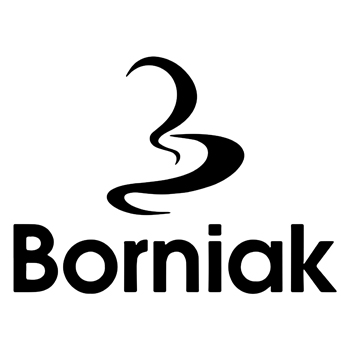Understanding the Halal Market

The Halal market is one of the fastest growing sectors of the meat industry and offers significant opportunities for meat processors. The growth of this market in Europe is attributed to the rapid expansion in the Muslim population, and the fact that Muslims consume heavily meat-based diets. It has been reported that Muslims in the UK consume up to 20% of the total lamb produced despite representing less than 5% of the UK population. In addition, there are growing export opportunities both within the EU and further afield.
Halal is an Arabic term which refers to anything that is permissible to Muslims. In this context, it refers to meat from animals slaughtered in accordance with faith guidelines. These guidelines require animals to be alive, but not necessarily conscious, at the time of slaughter.
 The majority of Halal slaughter in the UK is performed in a similar manner to conventional (non-Halal) slaughter. Animals are inspected on arrival at the abattoir, they are stunned prior to slaughter and the resulting carcases undergo rigorous inspection.
The majority of Halal slaughter in the UK is performed in a similar manner to conventional (non-Halal) slaughter. Animals are inspected on arrival at the abattoir, they are stunned prior to slaughter and the resulting carcases undergo rigorous inspection.
During Halal slaughter (with stunning), head-only electrical stunning systems are used, which induce unconsciousness but do not result in instantaneous death. Sufficient time should be allowed for effective blood loss because Muslims are forbidden from consuming ‘flowing’ blood. This practice is consistent with good animal welfare, as the fact that the animal is unconscious removes any pain.
I have been leading AHDB’s work to improve our understanding of the Halal marketplace in the UK, as well as strengthening our relationships with Halal abattoir operators, certification bodies and consumer groups. With lamb consumption overall on a long-term downward trend, it’s important that the whole supply chain makes the most of the opportunities offered by this growing market segment and that we work together to ensure our products meet the needs of the modern Halal consumer.
Awal Fuseini
Halal Sector Manager, AHDB











